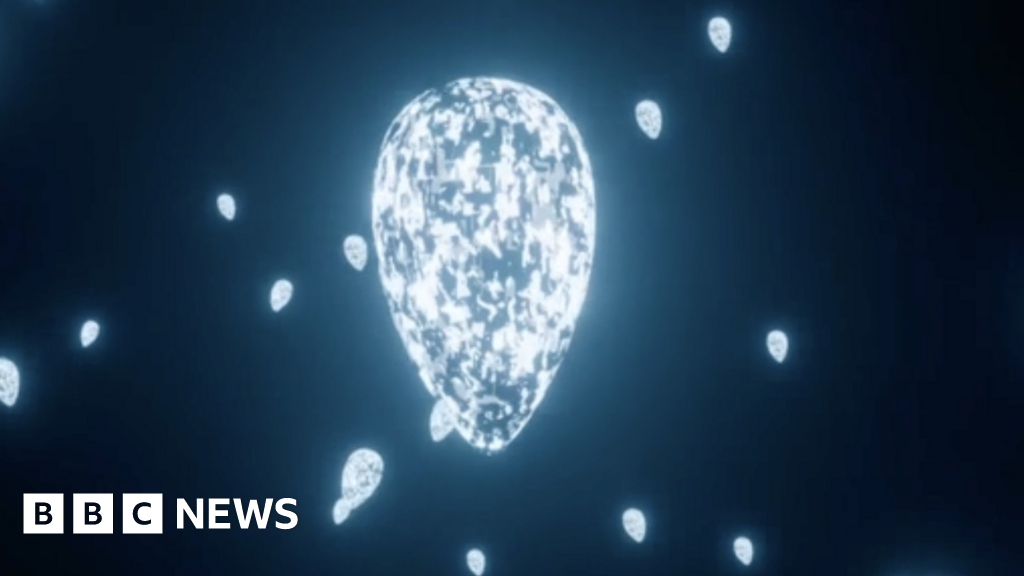- cross-posted to:
- globalnews@lemmy.zip
- cross-posted to:
- globalnews@lemmy.zip
cross-posted from: https://lemmy.zip/post/1293808
Archived version: https://archive.ph/fHjNq
Archived version: https://web.archive.org/web/20230810182753/https://www.bbc.co.uk/news/science-environment-66407099



Tangentially related but I can’t seem to find the answers and I have a couple questions that perhaps someone can answer:
Muons are naturally generated by cosmic ray protons colliding with atmospheric molecules and creating pions, which then rapidly decay to muons and muon neutrinos. These themselves then decay into a bunch of other things.
That muons can hit the Earth is one of the key pieces of evidence in favor of relativity, in fact. As you say, with a mean lifetime of 2.2 nanoseconds, they shouldn’t be able to hit the surface of the Earth, but because at relativistic speeds time dilation occurs from our frame of reference (or, equivalently, in the muon’s inertial frame, it sees the distance it has to travel be radically shortened via length contraction), they do end up hitting the earth.
I doubt it, because they decay so quickly. AFAIK you have to do it via the pion decay route, and all the muons we create are in particle accelerators. I guess it would be like how we create radioactive isotopes in hospitals on-demand for medical purposes that wouldn’t survive transportation to the hospital before decay, and couldn’t be stored long-term because, well, they would decay.
as an aside, Nature is rather more pessimistic about the discovery, which I think is reasonable.
So in theory they could exist anywhere in the universe somewhat close to a star, if the relevant particles in our atmosphere are around that star? That’s what I meant about the density distribution: are they spherically distributed around (all) stars, or are they only present in very specific situations?
I thought they had a small selection of possible decay products. Not particularly relevant to me at the moment, though.
I mistyped the mean lifetime, it’s actually 2.2 microseconds. That’s three orders of magnitude different, but from a (non-relativistic) view it would still only travel about 66 centimeters. I’m missing too much information to try to solve the length contraction equation (I don’t know its length, or its velocity) for the observed length. I’m curious here because they’re able to travel on the order of roughly 50 meters into the Earth, and from what I can find they disappear there due to absorption from the many atoms they pass through on that path. So that leads me to a question: If there is not relatively dense earth to get in the way and attenuate the muon, such as if it were produced by a gas cloud beside a star, how far would it realistically be able to travel? Since the muons on Earth “die” from absorption rather than lasting long enough to decay via weak force, they would, in open space, surely be able to travel far enough without enough collisions such that they do end up “dying” by decay.
Thanks for the reply, I am curious here about something that I don’t have enough knowledge to answer for myself.